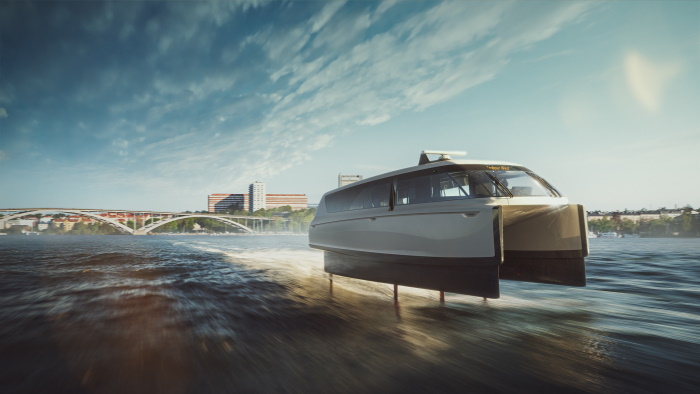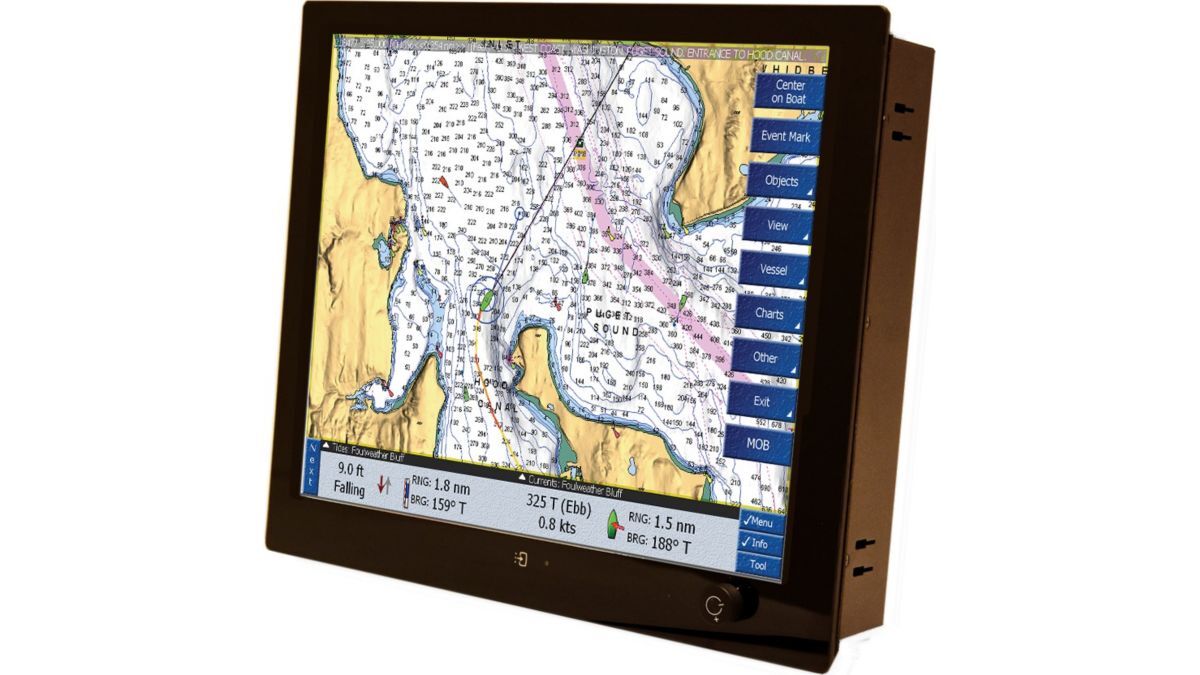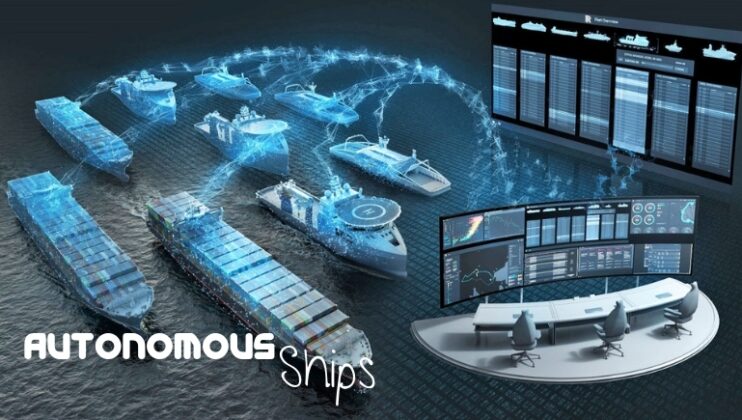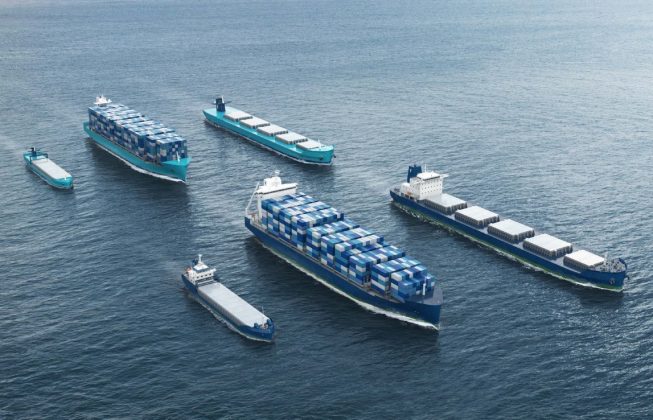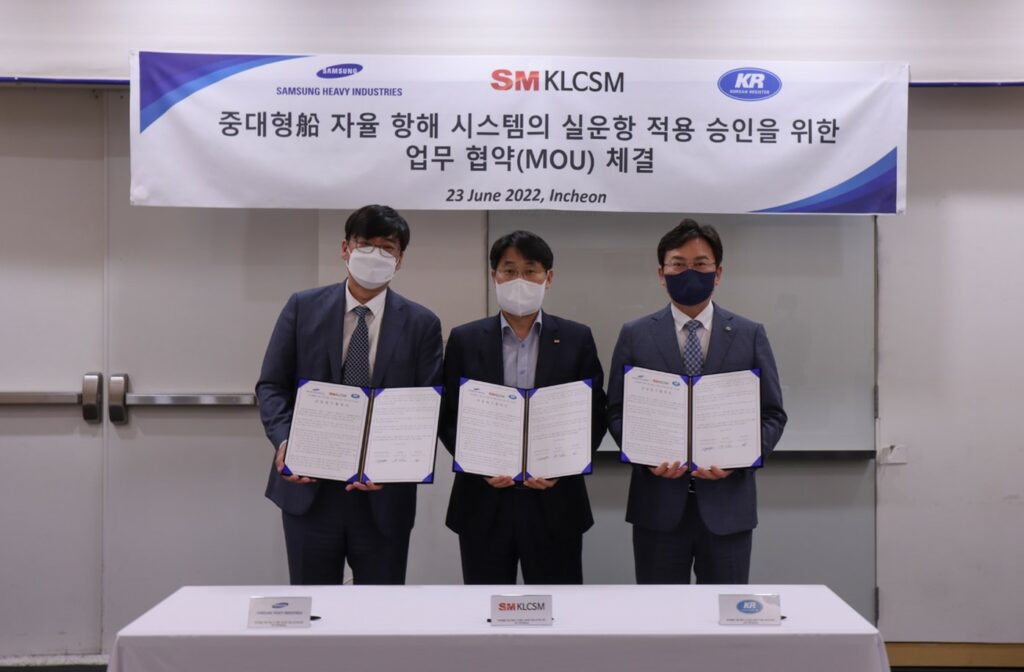Carmakers like Tesla brought semi-autonomous electric vehicles to the mainstream, and now a local company wants to do the same for recreational boating.
Grapevine-based Alloy wants to build an electric boat that’s capable of avoiding other boats, docking and even driving itself from place to place under ideal conditions. The company has developed a software prototype and hopes to bring a product to the market in 2024.
“The center for us is smarter, safer boats,” said CEO Brandon Cotter, an entrepreneur who worked on 11 other startups before co-founding Alloy.
Cotter grew up boating, and the idea for Alloy came to him as he and his significant other sat in the back of a boat. They’d been reading about the move toward electric and autonomous cars, and Cotter realized it was only a matter of time before someone capitalized on the same trend in the marine industry.
He founded the company with software engineer Powell Kinney and former MasterCraft Boats CEO John Dorton. The founders assembled a 10-person team that spans the world, from Dallas to Lille, France.
Alloy is currently wrapping up a $2.5 million fundraising round from Texas-based angel investors. The company says it aims to raise $10 million this year.
Like Tesla, Alloy places software at the center of its design process, aiming to reimagine the experience of driving a boat. The company started off by building a software prototype, which a demo video shows driving a boat while navigating around another craft.
“That boat is drivable from an iPad,” Cotter said.
The final product’s level of autonomy will vary based on water conditions. On a clear day with few other boats on the water, the boat will be able to drive itself from place to place. On a windy day with more obstacles, the software may be limited to keeping the driver aware of what’s happening around the boat.
The software is running on a Nautique craft right now, but Cotter hopes Alloy can build its own prototype boat by the end of the year. The startup is partnering with another company to build the electric engine and battery packs.
The biggest challenge for electric boats is energy storage, said John-Michael Donahue, vice president for North American public affairs at the National Marine Manufacturers Association. Batteries are much less energy dense than gasoline, and pushing a boat through water takes more power than propelling a car down the road.
Compared with cars, “it’s going to be a little more challenging, take a little longer for the entire recreational boat fleet to transition to electrification,” Donahue said.
Alloy’s boats will be as lightweight as possible to make them more energy efficient, Cotter said. They’ll also be aimed at people who take their boats out during the day and bring them back to the dock at night to charge.
Although there’s no official count, electric vessels probably make up less than 1% of the 12 million boats registered in the U.S., Donahue said.
But selling even 10,000 to 20,000 boats would introduce a lot of people to electric boating, Cotter said.
“Our mission is to get a million new people on the water safely over the next 10 years,” he said.
/cloudfront-us-east-1.images.arcpublishing.com/dmn/F7W3PAFBSFAOVKWSQ2U3XURA4M.jpg)
Source: https://www.dallasnews.com/business/local-companies/2022/08/04/dallas-area-company-aims-to-build-autonomous-electric-boats/

